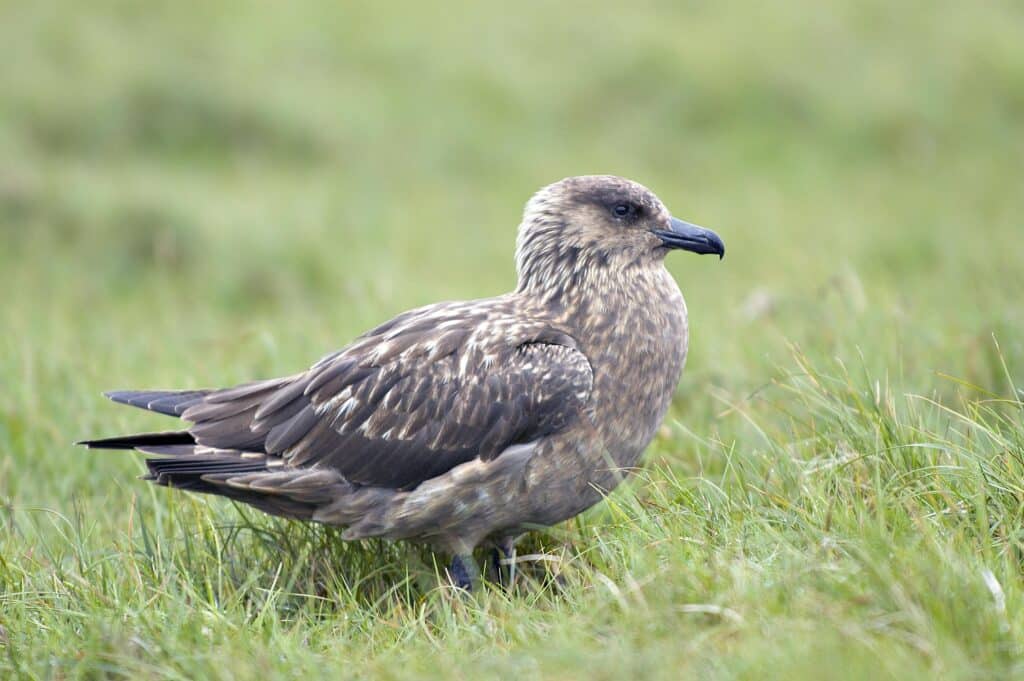SOME seabird species have returned to Scotland in lower numbers this breeding season following last year’s avian flu outbreak.
Early monitoring of seabird colonies suggest that some species have returned in significantly lower numbers than in previous years, with great skuas being especially hard hit.
Initial observations by NatureScot from some of the main sites in Shetland suggest significant breeding population declines for great skua – a species of which Scotland supports 60% of the world’s breeding population.
It is estimated that up to 90% of the population on the northern headland of Hermaness may have been lost.

As a result, a temporary suspension of ringing and research activities has been put in place for great skua to minimise unnecessary disturbance or stress to these vulnerable populations.
There are also concerns about unusual behaviour in terns, with fewer birds than usual returning to sites across Scotland, and their return coming later than expected.
On the Isle of Noss, tern nesting was late but some eggs have now at last been laid.
However, on the Isle of May there has been no nesting yet this year, and on Rum the terns have deserted without laying any eggs.
Alastair MacGugan, a NatureScot Wildlife Manager, said: “It is too soon to draw firm conclusions about the impact of last year’s terrible losses, but the low numbers of great skua and terns returning to our shores is certainly concerning and something we are keeping a very close watch on.
“The good news is that, in Scotland at least, we are not seeing the large numbers of dead birds around breeding sites that we did last year.
“This may mean that the remaining birds have gained some level of immunity to the virus.
“If so, then there is cause for optimism as populations may begin to slowly replace the losses that occurred last year.”
So far this breeding season, the virus has largely impacted further south, devastating breeding colonies of black-headed gulls and terns, with thousands of adults and chicks dying at colonies across England, Wales and Northern Ireland.
It is unclear why this outbreak in gulls does not appear to be affecting colonies in Scotland.
NatureScot has set up a monitoring programme to keep watch over Scotland’s gull breeding colonies for signs of the disease.
Targeted surveys of breeding seabird populations are currently underway, and will help to better understand the extent of the impact.

